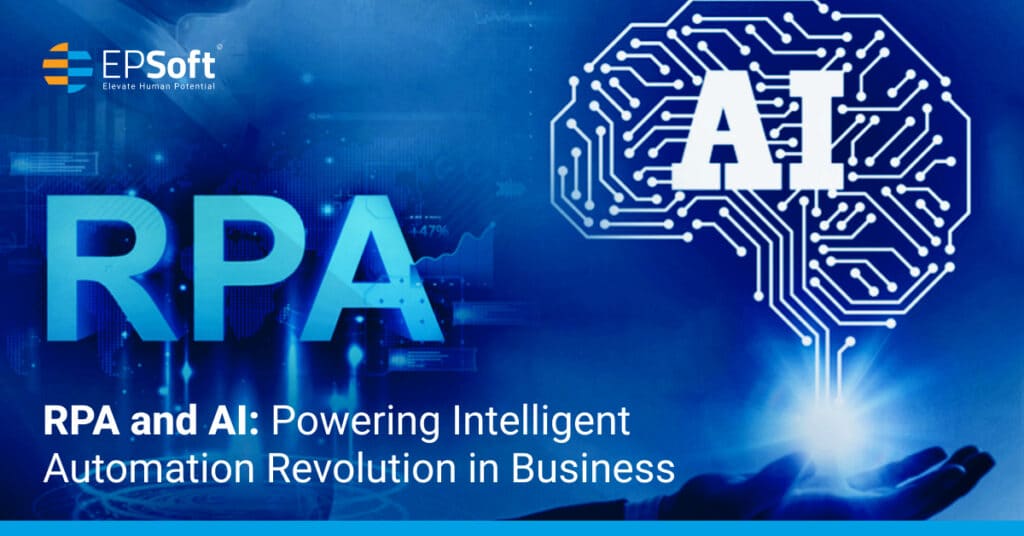In recent years, the surge in automation technologies across various industries has been nothing short of transformative. One of the most prominent among these technologies is Robotic Process Automation (RPA), which has proven instrumental in streamlining operations, cutting down manual efforts, and reducing costs by automating repetitive tasks. However, as businesses strive for even greater efficiency and innovation, they are increasingly turning to the combination of RPA and Artificial Intelligence (AI) to create what is known as Intelligent Automation (IA). This fusion of technologies holds the promise of revolutionizing traditional processes and driving businesses towards a future of unprecedented efficiency and agility.
Understanding the Distinction: RPA vs AI
Before delving into the realm of Intelligent Automation, it’s crucial to grasp the distinction between RPA and AI. While both technologies aim to simplify tasks and enhance productivity, they operate on different principles. RPA focuses on automating repetitive tasks through the deployment of virtual robots programmed to execute specific functions. On the other hand, AI simulates human intelligence, employing advanced capabilities such as natural language processing and machine learning to handle complex processes and provide data-driven insights.
Harnessing the Power of Robotic Process Automation
Robotic Process Automation finds application in a myriad of tasks across industries, including:
- Data entry
- Extracting structured content
- Copying and pasting data
- Invoice and order processing
- Email management
- Web scraping
Evolution to Intelligent Automation: Bridging RPA with AI
Intelligent Automation represents the convergence of RPA with AI technologies, enabling businesses to tackle more intricate tasks, adapt to dynamic environments, and make data-driven decisions. The integration of machine learning, natural language processing, and cognitive technologies empowers automation systems to comprehend unstructured data, handle exceptions, and evolve with changing scenarios.
Debunking Myths Surrounding Intelligent Automation
Several misconceptions often shroud the concept of Intelligent Automation. Let’s debunk a few of these myths:
- IA does not automate all processes entirely.
- IA complements human workers rather than replacing them.
- IA is not merely a luxury but a necessity for staying competitive.
- IA goes beyond cost reduction to enhance productivity, accuracy, and efficiency.
Implementing Your Intelligent Automation Strategy
Embarking on an Intelligent Automation journey requires a well-defined strategy:
1. Set Clear Goals: Define the objectives of IA implementation and align them with organizational priorities.
2. Curate Toolkits: Build a repository of cutting-edge tools and technologies to support IA initiatives.
3. Take Incremental Steps: Start with small-scale automation projects before tackling larger workflows.
4. Monitor and Adapt: Continuously evaluate IA performance, document results, and iterate to refine strategies.
Real-World Applications of Intelligent Automation
The versatility of Intelligent Automation extends across various sectors:
- Optical character recognition (OCR) for data analysis
- Data processing and extraction from diverse sources
- Agile supply chain management
- Streamlining HR workflows for enhanced efficiency
Embracing the Future with Intelligent Automation
As businesses navigate an increasingly competitive landscape, Intelligent Automation emerges as a catalyst for driving innovation and efficiency. By empowering employees to focus on value-adding tasks and leveraging AI-powered insights, organizations can achieve unparalleled levels of productivity and customer satisfaction. Intelligent Automation is not merely an option but a strategic imperative for organizations seeking to thrive in the digital age.
Embark on your automation journey and unleash the transformative potential of Intelligent Automation by joining forces with EPSoft – your reliable automation partner.

